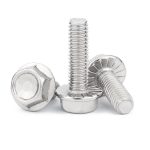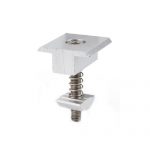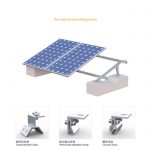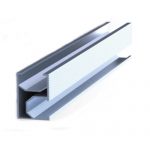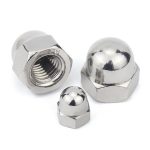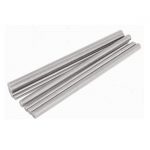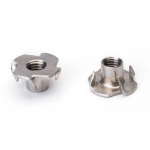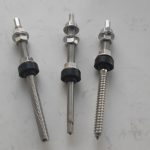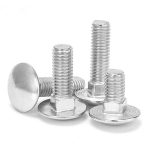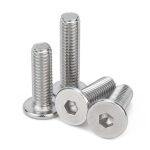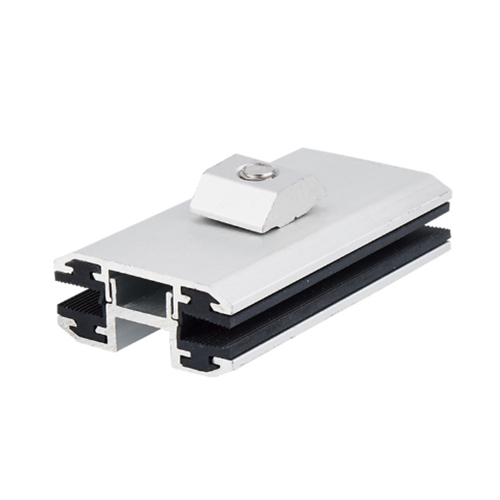
Standard: Pressing Block Of Solar PV Bracket
Material: Aluminium /Stainless steel/Steel
Surface finish:Plain or Customized
Packing: cartons with furmigated pallets
Supply ability: 50tons per month
Are you considering installing solar panels on your roof to save money on your energy bills? If so, you may have come across the term "pressing block" in your research. But what exactly is a pressing block, and how does it fit into the solar PV bracket system? In this article, we'll explore the pressing block in detail and explain its importance in the solar panel installation process.
What is a Solar PV Bracket?
Before we dive into the specifics of a pressing block, let's first review what a solar PV bracket is. A solar PV bracket is the mounting system that secures the solar panels to your roof. It consists of a series of brackets, rails, and fasteners that provide a stable base for the panels to sit on.
What is a Pressing Block?
A pressing block is a key component of the solar PV bracket system. It is a small piece of metal that is used to secure the rails to the brackets. The pressing block is inserted into the bracket and then tightened with a bolt, compressing the rail and creating a secure attachment point for the solar panel.
How Does a Pressing Block Work?
The pressing block works by using a combination of compression and friction to secure the rail to the bracket. When the bolt is tightened, the pressing block is compressed against the rail, creating a tight grip that prevents the rail from sliding or shifting. The friction between the pressing block and the bracket also helps to hold everything in place, providing additional stability to the system.
Benefits of Using a Pressing Block
Using a pressing block in your solar PV bracket system offers several benefits, including:
- Increased stability: The pressing block creates a strong, secure connection between the rail and bracket, which helps to keep the panels stable and secure even in high winds or extreme weather conditions.
- Improved safety: A properly installed pressing block ensures that the solar panels will not come loose or fall off the roof, reducing the risk of injury or property damage.
- Easy installation: Pressing blocks are easy to install and require minimal tools or expertise, making them a popular choice for both professional installers and DIY enthusiasts.
- Cost-effective: Pressing blocks are relatively inexpensive, making them an affordable addition to your solar PV system.
Types of Pressing Blocks
There are several types of pressing blocks available, each designed to work with a specific type of solar PV bracket system. Some common types include:
- T-Block pressing block: This type of pressing block is shaped like a "T" and is designed to fit into the slot of the bracket.
- Z-Block pressing block: The Z-Block pressing block is shaped like a "Z" and is designed to be used with rail systems that have a channel or groove.
- L-Block pressing block: The L-Block pressing block is shaped like an "L" and is used with rails that have a flat mounting surface.
Choosing the Right Pressing Block for Your Solar PV System
Choosing the right pressing block for your solar PV system depends on several factors, including the type of rail system you have, the size and weight of your solar panels, and the specific requirements of your roof. It's important to consult with a professional installer or supplier to ensure that you select the appropriate pressing block for your system.
Installation Process for a Pressing Block
The installation process for a pressing block is straightforward and can be done by a professional installer or a DIY enthusiast with basic tools. Here are the general steps involved:
- Determine the appropriate placement for the pressing block based on the spacing and size of the brackets and rails.
- Insert the pressing block into the bracket, ensuring that it is securely in place.
- Place the rail onto the pressing block and align it with the bracket.
- Tighten the bolt to compress the pressing block against the rail and secure everything in place.
It's important to ensure that the pressing block is tightened to the appropriate torque level to prevent over-tightening or under-tightening, which can affect the stability and performance of the solar panel system.
Maintenance of Pressing Blocks
Pressing blocks require minimal maintenance, but it's important to inspect them periodically to ensure that they are securely in place and not damaged. Check for any signs of wear, such as cracks or bending, and replace any damaged pressing blocks immediately to ensure the stability of the system.
Potential Issues with Pressing Blocks
While pressing blocks are generally reliable and easy to use, there are a few potential issues that can arise. One common issue is over-tightening, which can cause the pressing block to deform or crack. This can affect the stability of the solar panel system and potentially cause damage to the roof or the panels themselves.
Another issue is improper installation, such as inserting the pressing block in the wrong direction or failing to tighten the bolt to the appropriate torque level. This can result in a loose or unstable connection, which can affect the performance and safety of the system.
Troubleshooting Pressing Block Problems
If you're experiencing issues with your pressing blocks, there are a few troubleshooting steps you can take:
- Check the torque level: Ensure that the pressing block is tightened to the appropriate torque level specified by the manufacturer.
- Inspect for damage: Check for any signs of wear or damage to the pressing block, and replace it if necessary.
- Consult a professional: If you're unsure about how to troubleshoot or fix pressing block issues, it's best to consult with a professional installer or supplier for guidance.
Conclusion
A pressing block may seem like a small and insignificant component of a solar PV bracket system, but it plays a critical role in ensuring the stability and safety of the system. By choosing the appropriate pressing block and ensuring proper installation and maintenance, you can enjoy the benefits of a reliable and efficient solar panel system for years to come.

